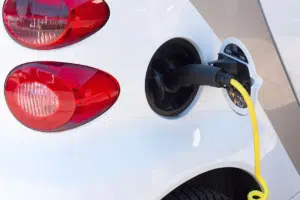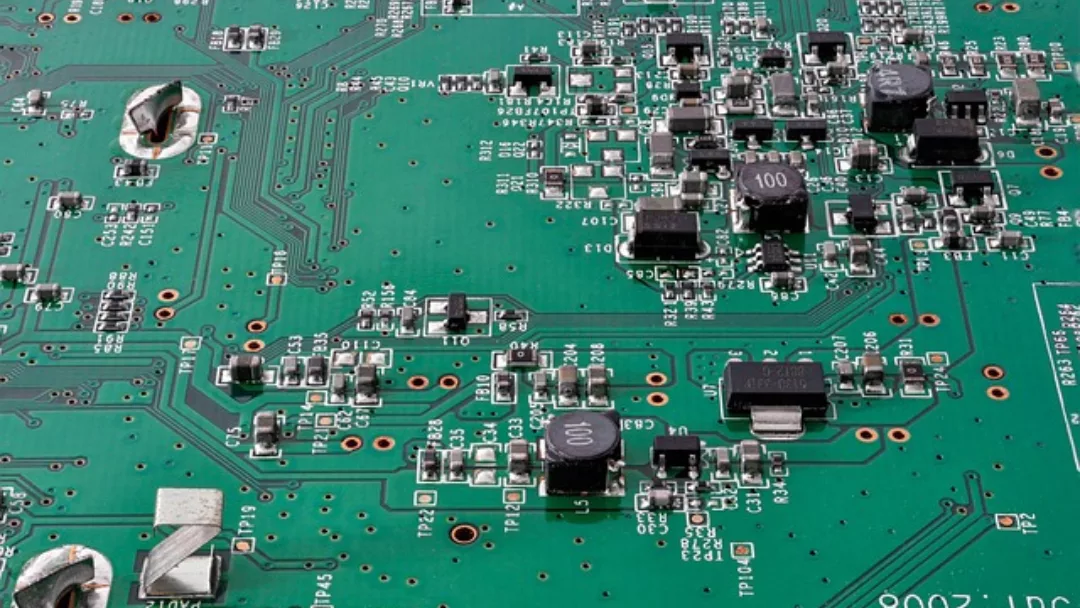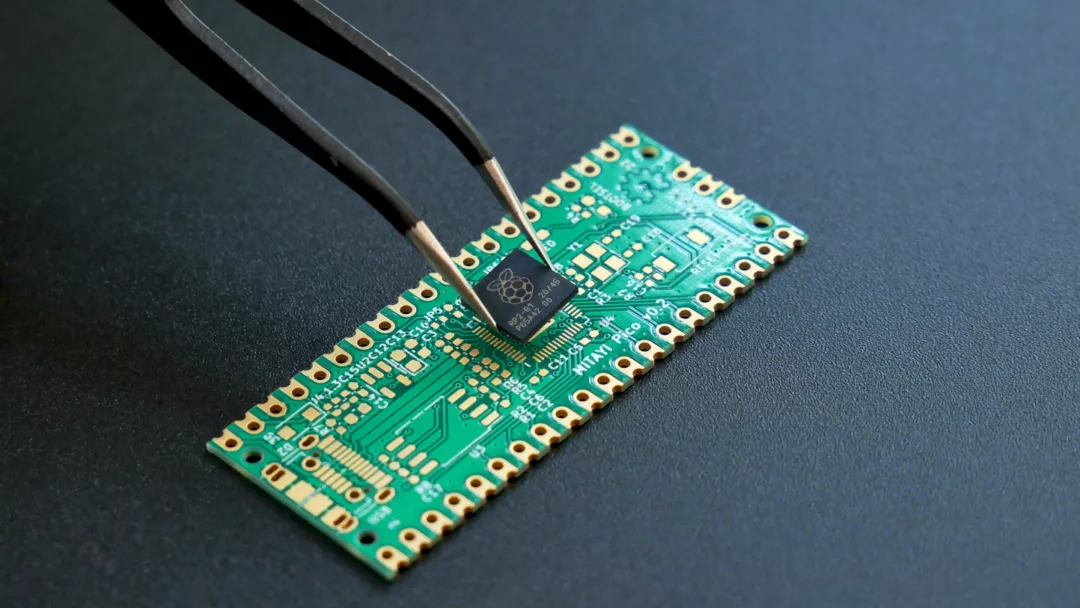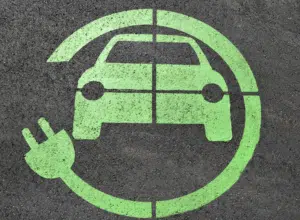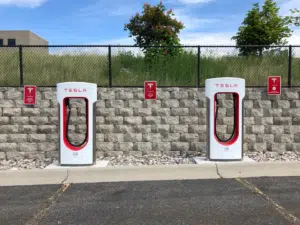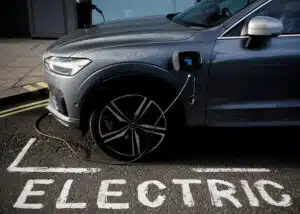Great news! The European Union (EU) has announced its plan to increase the production of semiconductors in Europe, according to the Economic Times. The goal is to manufacture 20% of the world’s semiconductors by 2030.
What are semiconductors used for?
Semiconductor materials are materials that conduct electricity more than insulators but less than conductors, and their conductivity can be changed by doping. Semiconductors have the ability to act either as a conductor or an insulator. Semiconductors can be pure elements such as the most commonly used silicon, or compounds such as gallium arsenide.
You’ll find that semiconductors are used in various kinds of electronic devices, such as diodes, transistors, chips, and integrated circuits, according to Tech Target.
Semiconductor devices are used in almost every sector of electronics. For example, consumer electronics, such as mobile phones and laptops, to microwaves and refrigerators, all operate with semiconductor material, whether this be integrated chips, diodes, and transistors. The high demand for these devices is part of the reason there are currently such long wait times for many consumer electronic devices, says Rebound EU.
From thermal conductivity to lighting and LED displays, and intrinsic semiconductors, which are composed of only one kind of material, to an extrinsic semiconductor that is impure and comprises multiple intrinsic semiconductors with other substances added to change their properties. As you can see, semiconductors are integral to the modern world and although we may not realise it, their electrical conductivity plays a key part in the semiconductor industry, as well as our everyday lives.
Why is there a shortage of semiconductors for cars?
Your car has several semiconductors in it, just like many of your house appliances have too. Semiconductor components are just about everywhere, and due to the shortage of semiconductors for cars, this means lots of big companies have had to stop making cars.
The shortage is due to a combination of factors. The pandemic has caused a surge in demand for personal computers, tablets, and smartphones, as well as other electronic devices, which has largely diverted supply away from the automotive industry, says AutoCar.
The automotive industry is competing with other industries for the same chips. As a result of the above demand for electronic equipment during the pandemic, which surpassed the current supply of semiconductors, meant that semiconductor shipments to consumer-electronics companies far outstripped the automotive industry’s nearly dormant demand.
Furthermore, the pandemic has caused disruptions in global supply chains, according to The Guardian. The shortage of semiconductors has affected manufacturing in China and Japan, with car production among the industries hit sadly. This shortage has caused some semiconductor companies to close production lines or remove some popular features, such as heated seats, says McKinsey.
What is the EU strategy for semiconductors?
This shortage has resulted in countries around the world now investing billions in their domestic semiconductor industries, says Europe Auto News. The EU will now be prioritising local chip production as it aims to double its current global market share to 20 per cent in 2030 and mobilise more than 43 billion euros ($47.2 billion) in public and private investments to feed Europe’s growing appetite for chips, according to the Economic Times.
Europe will need to quadruple its production of semiconductor materials to meet this target. In an attempt to do that, the EU will introduce the European Chips Act, which is a key step for the EU and its semiconductor companies.
“This will allow us to rebalance and secure our supply chains, reducing our collective dependence on Asia,” Thierry Breton, the EU’s industry commissioner, said in a statement after the parliament and the European Council reached an agreement.
“Europe aims to become an industrial powerhouse in the markets of the future — the digital and clean technologies that will allow us to remain a competitive export force, generate quality jobs and ensure our security of supply,” Breton said.
“Because there will be no green or digital transition without a strong manufacturing base,” he added.
What is the EU Chips Act Commission proposal?
The European Chips Act should enable the EU to increase its position in the production of cutting-edge and sustainable semiconductors, including computing processors, to at least 20% of world production in value by 2030, according to EU News.
The proposed legislation aims to reinforce its capabilities in semiconductor manufacturing to ensure the future competitiveness and maintain its technological leadership and security of supply. The EU will also mobilise 3.3 billion euros for research and development, and the deal includes a system to monitor supply shortages to act in times of crisis too.
What is the future of semiconductors?
The Chips Act is the first of a series of industrial plans that the Commission’s Breton has pushed to let governments increasingly intervene in the supply chain. However, the global shortage of semiconductors is likely to continue in the short term, but the long-term future of the industry is likely to be secure, and it will continue to grow, says Azom.




















